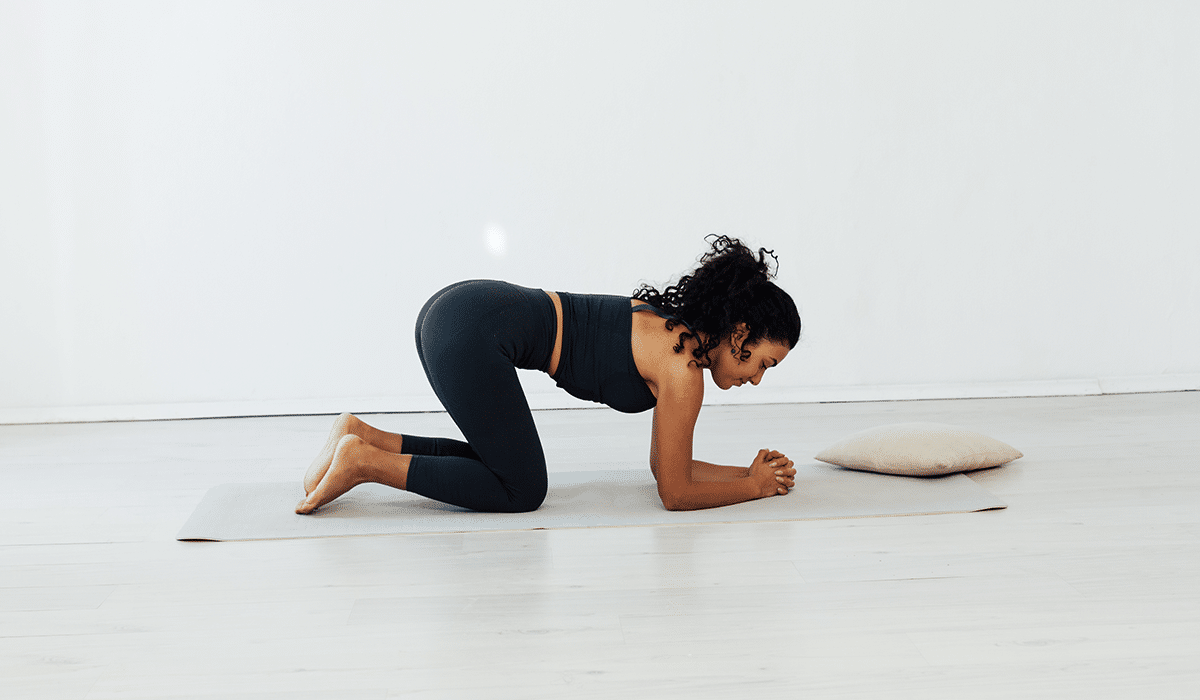No, it’s not just a Taylor Swift song. Shaking therapy, which works directly with the body and nervous system, is proving to be an effective tool for dealing with stress and trauma stored in the body
Stress, according to the World Health Organisation, is the “health epidemic of the 21st century”. Its impact on emotional and physical well-being can be devastating and, in some cases, debilitating. Increased levels of job stress, in which workers feel less control but more demands, have been shown to be associated with higher levels of obesity, hypertension, addiction, anxiety, depression and heart attacks.
Stress is the body’s natural defence mechanism, activating the useful “fightflight-freeze” response when we are in danger and feel threatened. However, chronic stress (feeling constantly pressured and overwhelmed for prolonged periods) is more damaging and can result in a painful, achy body, insomnia, unfocused thinking and withdrawal from people.
“We humans are very good at facing a challenge, solving a situation or reaching out to someone to get support,” says Rajita Sinha, director of Yale Medicine’s Interdisciplinary Stress Center. “We’re wired to respond to stress and remove it, sometimes even automatically. But life has become more complex, and many situations don’t have easy answers or solutions.”
In South Africa, traumatic stress has become part of daily life – whether through direct exposure or via media reports – and the high levels of abuse and violence in our country have an undeniable impact on the physical and mental well-being of citizens. While therapy and medicines can help to facilitate healing from traumatic life experiences, physical interventions like ‘shaking therapy’ (to release the deep tension in the body) are also showing success.

WHAT IS SHAKING THERAPY?
Metka Zurman, life and trauma coach, and TRE® (Tension and Trauma Releasing Exercises) provider and mentor, believes it is essential to release stress and heal from trauma to enjoy a life full of joy, good health, gratitude, productivity, and satisfaction.
“TRE® was created by Dr David Berceli, and it’s best described as a stress, tension and trauma releasing method that consists of learning a simple set of stretches that evoke self-induced bodily tremors,” explains Metka.
“These gentle and pleasant tremors generate in the pelvic area and reverberate outward along the spine, releasing stress and tension from the sacrum (the large triangular bone at the base of the spine) to the cranium (the bones that form the head), restoring the body and mind to a balanced, calm and relaxed state.”
Shaking and vibrating helps to release muscular tension, calm the nervous system and regulate stress hormones like adrenaline and cortisol (which fuel the fightflight-freeze response). In a safe and controlled environment, the body is guided to return to a state of balance and inner calm. “This approach offers both short- and long-term recovery benefits,” explains Metka.
“The release of specific tension patterns in the body provides immediate relief, while ongoing use of the technique could enhance one’s resilience to cope with unavoidable future stresses and traumas.” The exercises are simple and adaptable to suit individual fitness and physical capabilities and are being successfully used by individuals and professionals from all walks of life.
CAN A B ODY HEAL IT SELF?
Dr Peter Levine, author of Waking the Tiger: Healing Trauma, notes that animals are accustomed to ‘shaking off’ the freeze response to a life threat. You might have seen a dog doing this instinctually to return the body to its natural homeostasis, release tension and induce calm. Human beings have the same inherent ability. The scientific literature demonstrates that keeping the nervous system in a relaxation response is one of the best ways the body can heal.
“By turning off your stress response and turning on your relaxation response and allowing your body to do one of the things it does best – heal itself – every individual can induce calm, safety and comfort,” explains Metka Zurman, a facilitator and practitioner of TRE® (Tension & Trauma Release Excercises).
There are several ways to do this:
- Spend time in nature.
- Meditate and practise TRE®
- Get regular exercise.
- Listen to music, drum, sing and laugh often.
- Eat nourishing, healthy food.
- Reduce alcohol intake

THE BENEFITS OF TRE ®
Trauma release exercises are used to relieve the accumulation of everyday stress – and therefore the negative effects that this has on the body. It can help to strengthen immunity, improve mood, reduce depression and help to mitigate the risks associated with obesity, heart disease and diabetes. It is also being used to improve flexibility and mobility for sports activities and has been used to treat post-traumatic stress disorder (PTSD) in war veterans in the USA.
“Through TRE® I was able to recover from trauma, anxiety, chronic muscle tension, lower back pain and PTSD,” says Metka, “and it helped me stand up for myself and create change in areas I don’t think I would have had the courage to do in the past.”
The takeaway:
Shaking or trembling is often perceived as a sign of weakness and lack of control, but allowing your body to release excess negative energy facilitates healing to restore balance and find sustainable happiness.
FIND OUT MORE
VISIT:
releasehealrenew.com to find out more about Metka Zurman’s TRE® coaching.
READ:
Waking the Tiger: Healing Trauma by Dr Peter Levine to find out more about your body’s inherent ability to self-heal.
LISTEN TO:
Russell Brand’s podcast Under the Skin (episode 196): ‘How to shake off trauma with Dr David Berceli’.
Disclaimer: There is no substitute for professional medical advice when it comes to diagnosing physical or emotional trauma or the side effects of chronic stress. While self-care methods can have a positive effect and help to mitigate risk, it is important to speak to a qualified professional about lingering stress, unhappiness or worrying symptoms. Always consult your doctor before starting any new treatment or exercise.
Text: Samantha Page. Photographs: Gallo/Getty Images, supplied







